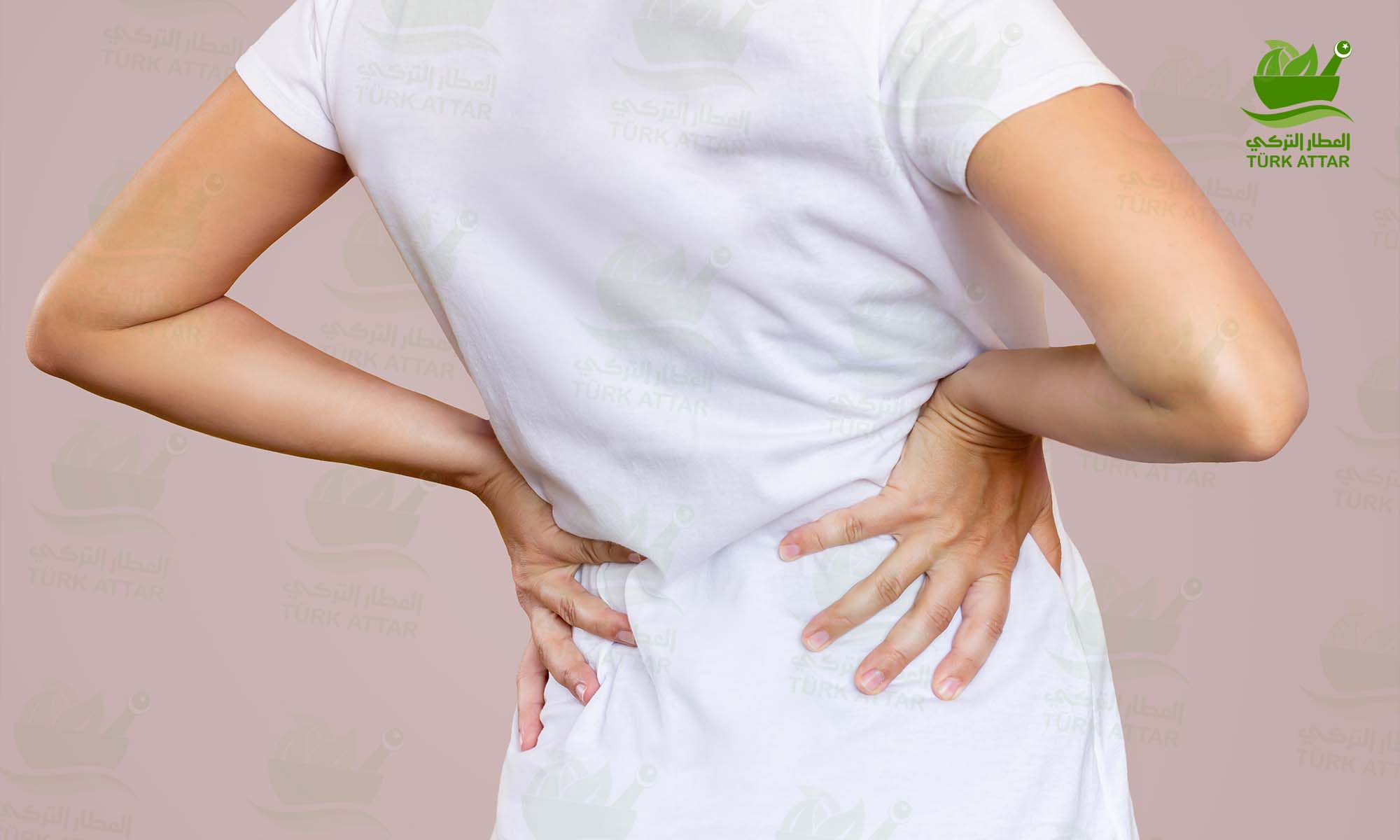
المرارة عبارة عن عضو صغير على شكل كمثرى يقع مباشرة أسفل الكبد في البطن. يمكن أن تتكون الحصوات في المرارة، التي تخزن الصفراء التي ينتجها الكبد، لأسباب مختلفة.
حصى المرارة
ما هي أعراض حصى المرارة؟
من بين 100 مريض يعانون من حصى المرارة، 70 منهم غير مدركين أن لديهم حصوات في المرارة.
30 من كل 100 مريض بالمرارة قد يعانون من أعراض خفيفة أو شديدة.
حوالي 10 من هؤلاء الـ 30 مريضًا الذين يعانون من أعراض حصوات المرارة يحتاجون إلى دخول المستشفى أو الجراحة أو الإجراءات التدخلية.
يمكن أن تحدث أعراض حصوات المرارة بالطرق التالية:
1- ألم في البطن
أحد أكثر أعراض حصوة المرارة شيوعًا هو حدوث ألم في منتصف البطن أو في المنطقة اليمنى من البطن وفي بعض الحالات قد يمتد حتى يصل الظهر والصدر، وهو ألم قد يكون حادًا أو قد يكون متوسط الحدة.
يتميز الألم الناتج عن حصى المرارة بأنه لا يزول أو يخف مع مسكنات الألم، ويستمر هذا الألم من 1-5 ساعات في بعض الحالات، وقد تكون مدته بضعة دقائق فقط لا أكثر.
2- حمى وقشعريرة
قد تكون الحمى أو القشعريرة علامة على حصول التهاب وتفاقم في حالة حصى المرارة، وهو أمر قد يتسبب بمضاعفات خطيرة أو حتى الوفاة إذا لم يتم الحصول على الرعاية الطبية المناسبة.
3- زيادة أو خسارة مفاجئة للوزن
مع أن زيادة الوزن قد لا تكون عرضًا مباشرًا من أعراض حصوة المرارة، إلا أنها من المشاكل التي قد تطرأ مع تفاقم المشكلة وعدم الحصول على الرعاية الطبية اللازمة لها، أو قد تكون من الأمور التي تسبب الإصابة بحصوة المرارة من الأصل.
ومن الجدير بالذكر هنا أن الخسارة السريعة للوزن هي من الأمور التي قد تحفز الإصابة بحصوة المرارة، لذا ينصح مرضى المرارة بتخفيف أوزانهم ولكن بشكل بطيء وطبيعي.
4- الإسهال المزمن
إن الإصابة بإسهال مزمن ولفترات طويلة قد يكون من أعراض حصوة المرارة.
ونعني بالإسهال المزمن حركة الأمعاء أكثر من 4 مرات يوميًا وإخراج فضلات سائلة والاستمرار على هذه الحالة لمدة 3 أشهر على الأقل.
5- الإصابة بالتهاب البنكرياس
إذا تم تشخيصك مؤخرًا بالتهاب البنكرياس يفضل أن تقوم كذلك بفحص المرارة، فقد تكون مصابًا بحصوة المرارة دون أن تدرك، وذلك لأن البنكرياس يقوم بصب أنزيماته في ذات المنطقة التي تتواجد فيها العصارة الصفراوية.
لذا، فمن المحتمل أن يؤثر تواجد حصوة في المرارة على عمل كل من البنكرياس والمرارة سويًا.
6- الغثيان والتقيؤ
يعتبر التقيؤ والغثيان من أكثر أعراض حصوة المرارة شيوعًا.
ويمكن أن تحدث مشاكل الجهاز الهضمي بسبب حصوة المرارة مثل: الارتجاع الحمضي، والنفخة، والغازات في الحالة المزمنة فقط من حصى المرارة، لا الحالات العابرة من المرض.
7- أعراض أخرى
لا يقتصر الأمر على ما ذكر فحسب، بل تشمل أعراض حصوة المرارة كذلك ما يلي:
اليرقان.
بول داكن اللون.
براز شاحب اللون.
ألم في الظهر بين الكتفين.
ألم في الكتف اليمين.
تعرق زائد.
فقدان الشهية.
حكة الجلد.
الارتباك والحيرة.
تسارع في نبض القلب.
ما هي أسباب حصى المرارة؟
تتضمن العوامل التي قد تزيد من خطر تكوُّن حصوات مرارية ما يلي:
كونك أنثى
أن يبلغ عمرك 40 عامًا أو أكثر
قلة الحركة
أن تكوني حاملًا
أن تتناول طعامًا عالي الدهون
أن تتناول طعامًا عالي الكوليسترول
اتباع نظام غذائي منخفض الألياف
وجود تاريخ عائلي للإصابة بحصوات المرارة
الإصابة بداء السُّكَّري.
فقدان الوزن بسرعة
الإصابة بأمراض الكبد.
كيف يتم تشخيص حصى المرارة؟
تشمل الفحوصات والإجراءات المستخدمة لتشخيص الإصابة بحصوات المرارة ومضاعفاتها ما يلي:
تصوير فوق صوتي للبطن. هذا الاختبار هو الأكثر استخدامًا للكشف عن مؤشِّرات الإصابة بحصوات المرارة. يتضمن التصوير فوق الصوتي للبطن تحريك جهاز (محوِّل الطاقة) جيئة وذهابًا على منطقة معدتك. يرسل محوِّل الطاقة إشارات إلى جهاز كمبيوتر، والذي يصنع صورًا توضِّح الأجسام الموجودة في البطن.
التنظير الداخلي بالتصوير فوق الصوتي (EUS). يمكن أن يساعد هذا الإجراء في الكشف عن الحصوات الصغيرة التي يمكن ألا يُظهرها التصوير فوق الصوتي للبطن. وخلال التنظير الداخلي بالتصوير فوق الصوتي، يمرر الطبيب أنبوبًا رفيعًا مرنًا (منظارًا داخليًا) عبر الفم وعبر السبيل الهضمي. يُصدر جهاز التصوير فوق الصوتي الصغير (محوّل الطاقة) في الأنبوب موجات صوتية تنتج صورةً دقيقةً للأنسجة المحيطة.
اختبارات التصوير الأخرى قد تشمل الفحوصات الإضافية تصوير المرارة عن طريق الفم، أو التصوير الكبدي الصفراوي باستخدام حمض الأمينوديكتيك، أو التصوير المقطعي المحوسب، أو تصوير القناة الصفراوية والبنكرياس بالرنين المغناطيسي، أو تصوير القنوات الصفراوية والبنكرياس بالمنظار بالطريق الراجع. يمكن إزالة حصوات المرارة المكتشَفة باستخدام تصوير القنوات الصفراوية والبنكرياس بالمنظار بالطريق الراجع أثناء الإجراء.
اختبارات الدم قد تكشف اختبارات الدم عن وجود عدوى، أو يرقان، أو التهاب البنكرياس، أو غيرها من المضاعفات التي تسبِّبها حصوات المرارة.
كيف يتم علاج حصى المرارة؟
يمكن فقط متابعة حصوات المرارة التي لا تسبب شكاوى. نادرًا ما يتم استخدام العلاج الدوائي لحصوات المرارة.
الطريقة الجراحية هي الخيار الأكثر استخدامًا في علاج حصوات المرارة. في بعض الأحيان، يمكن أيضًا استخدام الطرق التدخلية مثل ERCP في علاج حصوات المرارة.
